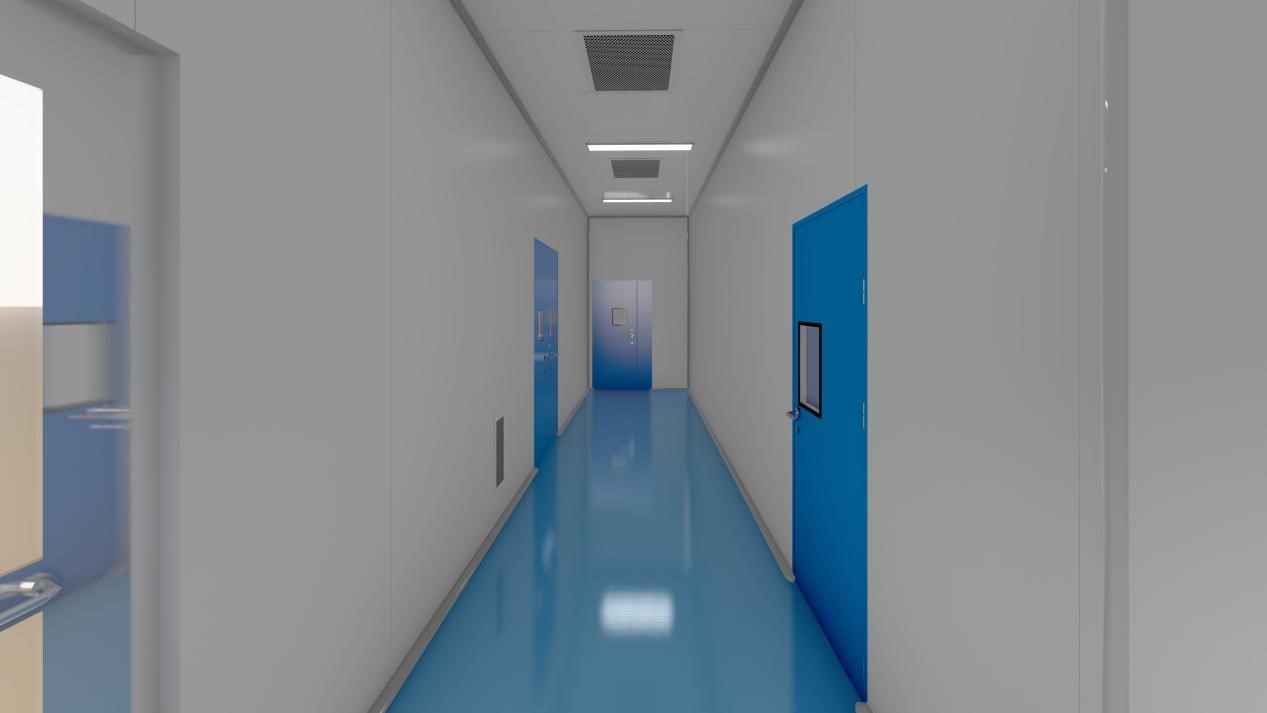An ISO 8 cleanroom is a controlled environment designed to maintain a specific level of air cleanliness and is widely used in industries like pharmaceuticals, biotechnology, and electronics. With a maximum of 3,520,000 particles per cubic meter, ISO 8 cleanrooms are classified under the ISO 14644-1 standard, which defines the acceptable limits for airborne particles. These rooms provide a stable environment by controlling contamination, temperature, humidity, and pressure.
ISO 8 cleanrooms are typically used for less stringent processes, such as assembly or packaging, where product protection is necessary but not as critical as in higher-class cleanrooms. They are often used in conjunction with stricter cleanroom areas to maintain overall production quality. Personnel entering an ISO 8 cleanroom must still follow specific protocols, including wearing appropriate protective clothing like gowns, hairnets, and gloves to minimize contamination risks.
Key features of ISO 8 cleanrooms include HEPA filters to remove airborne particles, proper ventilation, and pressurization to ensure that contaminants do not enter the clean area. These cleanrooms can be constructed with modular panels, offering flexibility in layout and making it easier to adapt to future production changes.
Companies often use ISO 8 cleanrooms to ensure compliance with regulatory standards, improving product quality and consistency. The use of cleanrooms of this type demonstrates a commitment to quality control and safety, making them crucial for maintaining industry standards and meeting customer requirements in fields that demand precision and cleanliness.
Post time: Oct-11-2024


 Home
Home Products
Products Contact Us
Contact Us News
News